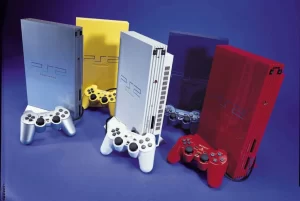Homebrew Computer Club Holds First Meeting
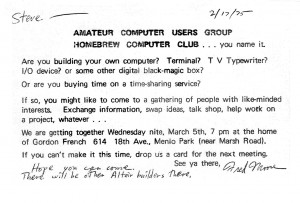
The invitation to the first meeting of the Homebrew Computer Club. Courtesy Wikimedia Commons
March 5, 1975
The Homebrew Computer Club holds its first meeting. Many people who played an important part in the early years of personal computing attended meetings of the Homebrew Computer Club during its history. Perhaps no meeting was more important than the one that took place almost exactly one year after the first: Steve Wozniak brought his design for what eventually becomes the Apple I computer.
The World’s First Internet Election

March 4, 2007
The 2007 Parliamentary elections held on Estonia on this day were the world’s first nationwide election where voting was allowed over the Internet. A little over 30,000 out of 940,000 registered Estonian voters participated in Internet voting that year, which was conducted from February 26-28 prior to the election. Voters had to use their state-issued ID and enter two passwords to cast their votes online. From the 3.4% of voters who voted over the Internet in 2007, nearly 44% of Estonian voters did so in their 2019 elections.
Japan Goes Crazy for Playstation 2!
Sony released the Playstation 2, the follow-up to their wildly successful original Playstation, in Japan to a waiting crowd of 10,000 people, many of whom had started waiting four days earlier. Sony promptly sold out of all 1 million Playstation 2 launch units in a single weekend. Interestingly, because there were only 11 launch title games available, the fact that the PS2 could play DVDs at a significantly lower price than most standalone DVD players of the time drove much of the early demand.
First Cray Supercomputer Shipped
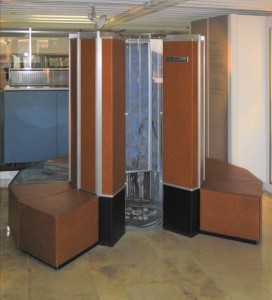
The first Cray-1 supercomputer is shipped to the Los Alamos National Laboratory in New Mexico. This supercomputer, which cost nineteen million dollars, will be used to design sophisticated weapons systems. The system is a cylindrical tower seven feet tall, nine feet in diameter, and weighs about 5.5 tons. The machine produced so much heat that it required a built-in freon-based refrigeration system. It required its own electrical substation to power it, at a cost of about US$35,000 a month.
Michael Dell Steps Down as CEO
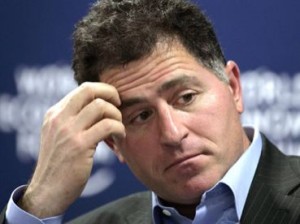
Michael Dell, founder and CEO of Dell Computers, announces that he will step down from his his CEO role while retaining his position as Chairman of the Board. Dell president and COO, Kevin Rollins will assume his role. On January 31, 2007, (about 1 year after Dell fell behind Apple in market capitalization) Rollins will resign and Dell will resume his role as CEO due to the poor performance of the company.
Magnavox Licenses Home Video Games
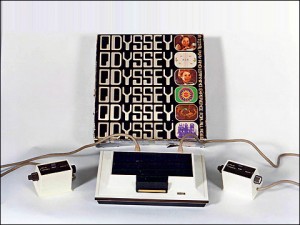
Magnavox gets the exclusive licensing of television video game technology from Sanders Associates. The first home video game console, the Odyssey, was developed at Sanders by a team headed by Ralph Baer.
Gates Admits Netscape Lockout
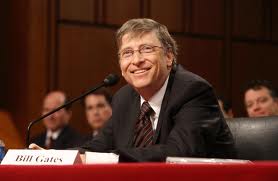
During a hearing on Microsoft’s alleged antitrust activities, Bill Gates admits Microsoft’s contracts bar Internet content providers from promoting Netscape’s browser. Eventually, Internet Explorer dominates the web browser market as it is shipped for free with every copy of Windows.
Pioneer 10 Launched
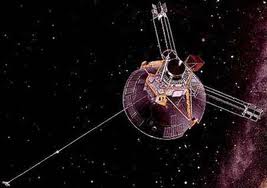
NASA launches Pioneer 10 spacecraft on a mission to explore the outer planets of the solar system. It will pass near Jupiter and Neptune before leaving the solar system.
Concorde Makes Maiden Flight
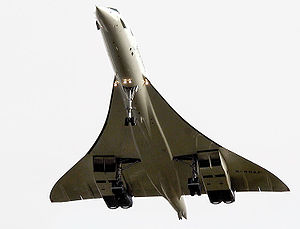
The Concorde supersonic transport (SST) jet makes its maiden flight. The Concode is only the second supersonic passenger airliner to have been commercially operated. The Concorde fleet flew until November 26, 2003.
Netscape Discontinued
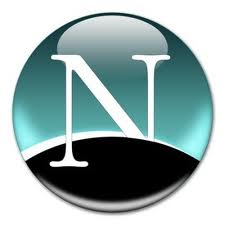
America Online discontinues the Netscape web browser. Netscape was the first commercial web browser, largely responsible for helping popularize the Internet in the mid-1990’s. Netscape eventually was overtaken by Microsoft’s Internet Explorer, as Microsoft included it for free with every copy of Windows. However, the computer code for Netscape lives on as the basis of the Mozilla Firefox browser project, which continues to gain popularity to this day.

